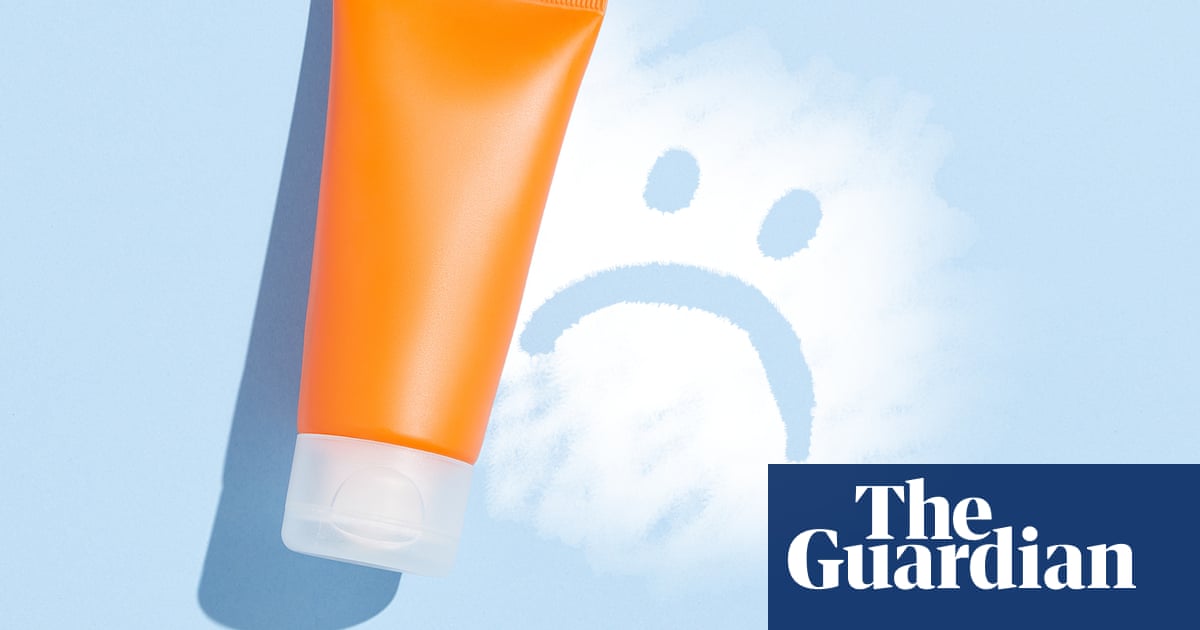Sunscreen Scandal: The Truth Behind SPF Claims and Testing Controversies

"Sunscreen Scandal: The Truth Behind SPF Claims and Testing Controversies"
In the sun-drenched land of Australia, where UV rays are as relentless as the summer heat, sunscreen is more than a seasonal accessory—it's a lifeline. Yet, this winter, the very products meant to shield us from harm have come under intense scrutiny. A recent investigation by Choice, a renowned consumer advocacy group, has unveiled a disconcerting reality: .
This revelation has sent ripples of concern across a nation that boasts one of the highest skin cancer rates globally. The findings not only challenge the integrity of these products but also cast doubt on the reliability of the lab testing processes that underpin their SPF claims. As Australians slather on their sunscreens with the trust of a child in a security blanket, they now face the unsettling question: Can we truly rely on these protective potions?
Choice's rigorous testing involved subjecting sunscreens to conditions mimicking real-world usage, a process that revealed glaring discrepancies between advertised and actual SPF levels. For instance, a product claiming an SPF of 50 might offer protection closer to SPF 30, a significant shortfall that could have dire consequences for users who rely on these numbers to gauge their exposure limits.
The implications of these findings are profound. With skin cancer rates in Australia among the highest worldwide, the assurance of adequate sun protection is not just a matter of consumer rights but a public health imperative. The discrepancy between claimed and actual SPF levels raises urgent questions about regulatory oversight and the accountability of manufacturers.
The sunscreen industry, a multi-billion-dollar behemoth, is now under the microscope. Critics argue that the current regulatory framework is inadequate, allowing products to slip through the cracks without rigorous, standardized testing. The Therapeutic Goods Administration (TGA), Australia's regulatory body for sunscreens, has been called to action, urged to tighten its guidelines and ensure that all products meet their advertised claims.
Manufacturers, on the other hand, have defended their testing methods, citing variations in testing conditions and human application as factors that could influence SPF results. However, this defense does little to assuage the fears of consumers who expect transparency and reliability from products that promise to protect their health.
As the debate rages on, the voices of dermatologists and skin cancer experts have added a layer of urgency to the discourse. They emphasize the importance of using sunscreen as part of a broader sun safety strategy, including wearing protective clothing and seeking shade during peak UV hours. Yet, the cornerstone of this strategy—trust in sunscreen—has been shaken.
In the wake of these revelations, consumers are left to navigate a landscape of uncertainty. The Choice report serves as a clarion call for both industry reform and consumer vigilance. As Australians continue to bask in their sunlit paradise, the need for reliable sun protection has never been more critical. Whether this will lead to meaningful change in industry practices and regulatory policies remains to be seen, but one thing is certain: the sunscreen saga has ignited a conversation that will not fade with the summer sun.
🔮 Fortellr Predicts
Confidence: 85%
The recent sunscreen scandal in Australia, where a major consumer advocacy group has revealed discrepancies in SPF claims, is likely to lead to a series of significant developments within the industry over the coming days and weeks. Stakeholders, including regulatory bodies like the Therapeutic Goods Administration (TGA), manufacturers, and retailers, will be pressured to respond amidst growing public concern and declining consumer trust. Initially, we can expect the TGA to release statements clarifying their position and intentions to reassess regulatory measures. Manufacturers affected by the scandal will need to address reputational damage swiftly, possibly through public apologies or commitments to re-evaluate their quality assurance processes, potentially engaging third-party verifications to restore trust. From a market perspective, there will be a noticeable dip in sales for implicated brands as consumers seek more reliable alternatives. This could accelerate a shift towards products featuring independent certifications or potentially more personalized sun protection solutions. Furthermore, increased calls for regulatory reform and stricter compliance measures are expected as government and public discourse highlights systemic vulnerabilities in current processes. In the medium to long term, these events might lead to a more robust regulatory framework, prompting global reassessments of sunscreen testing standards, especially in regions with high UV exposure. This scandal could ultimately result in deeper industry collaboration on testing transparency, creating a framework that better incorporates real-world usage conditions. Potential long-term shifts could include technological innovations in sun protection and an expansion of market breadth towards more integrated sun safety protocols, like UV-indicating clothing and wearables, as consumers look for enhanced protection beyond traditional creams and lotions.